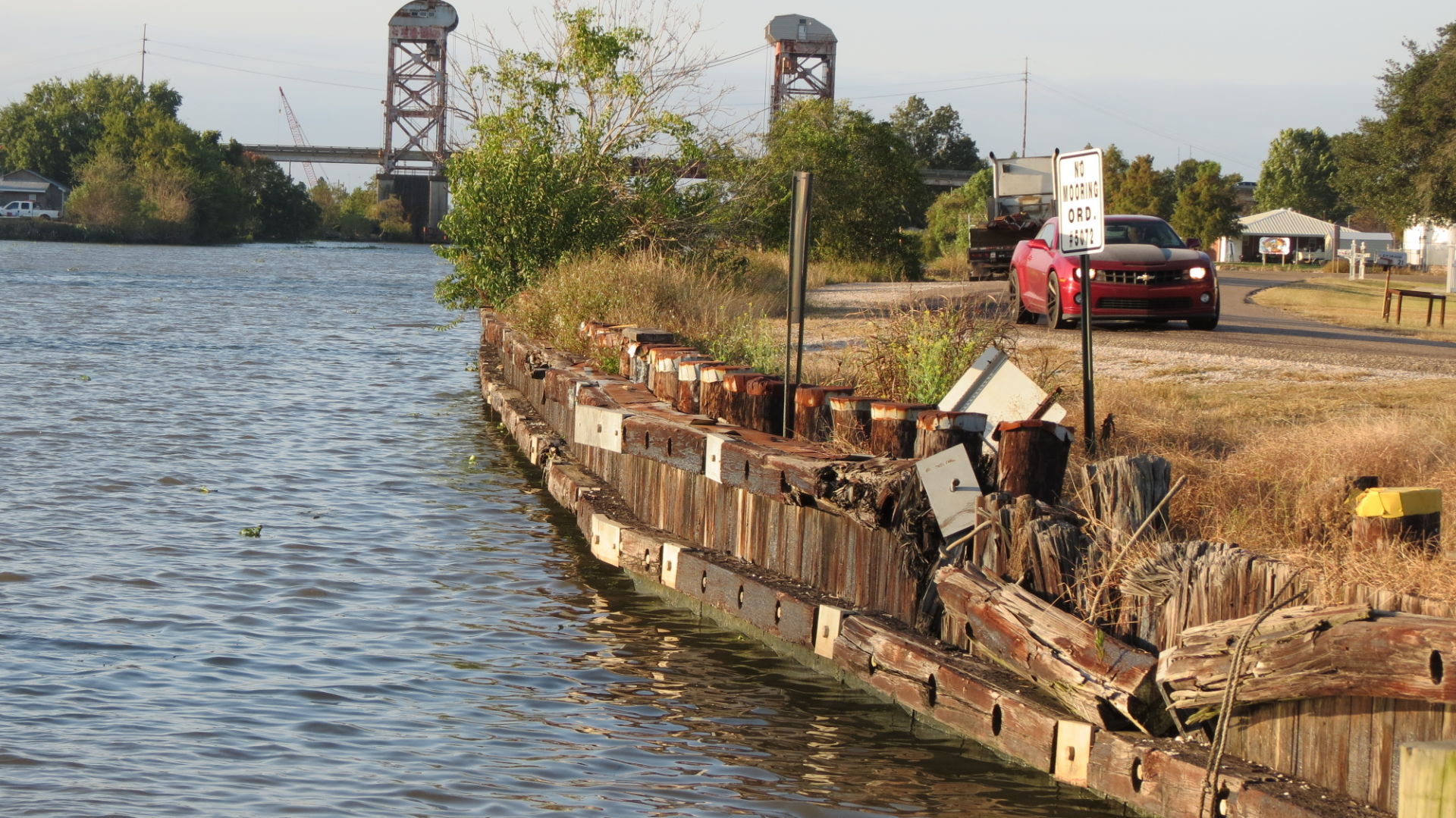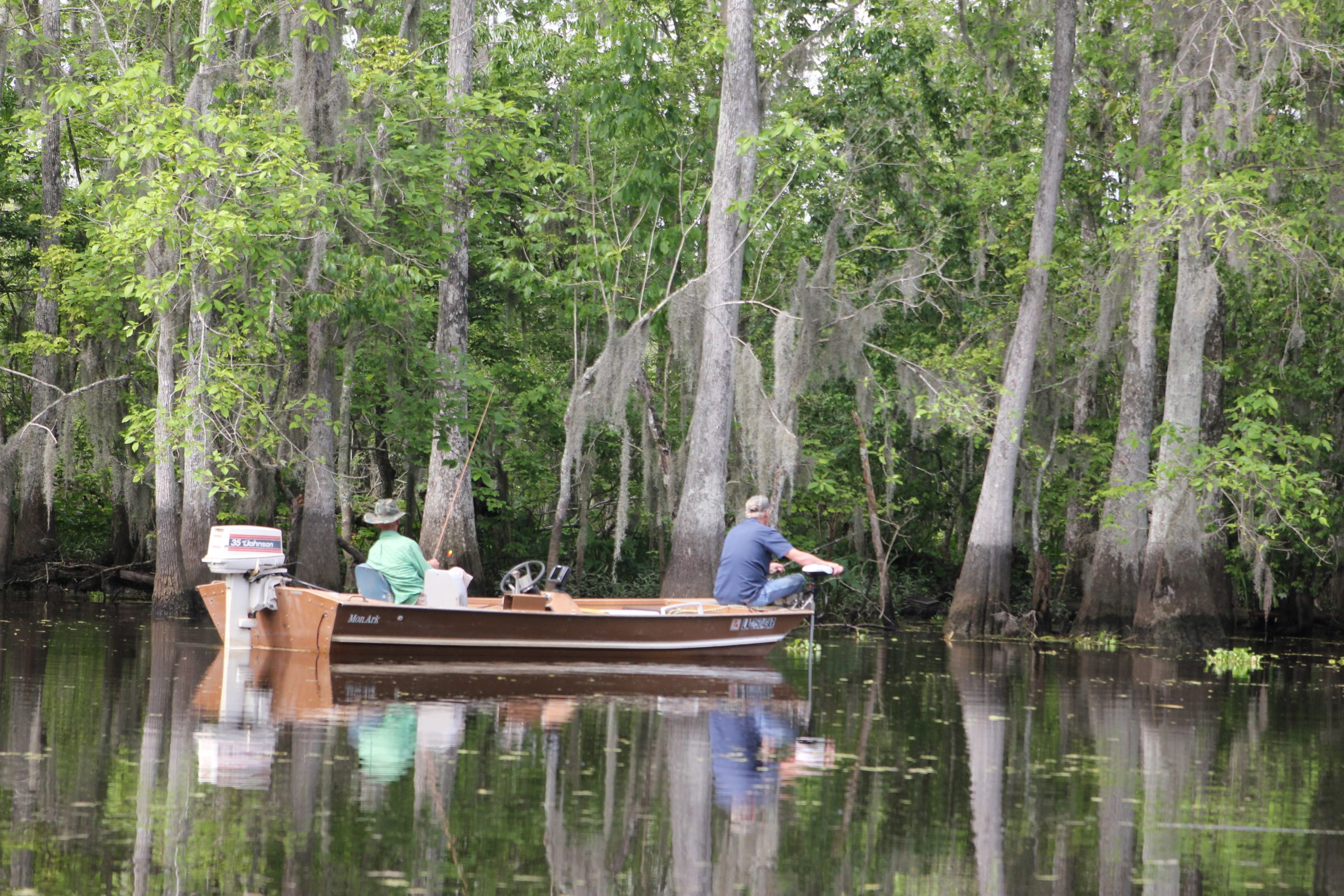
Laf. accepts $5M-plus grant for Larose flood protection
November 5, 2014
Life’s Blessings: Raceland resident continues to make lemonade out of lemons
November 5, 2014As dollars get set to flow to the gulf region as part of Clean Water Act penalties via the RESTORE Act, the Houma Navigation Canal Lock project is one of two Louisiana projects for which money has already been set aside, and many more projects are sure to follow.
Even though the state has not yet received the money for the $465 million HNC Lock project via the RESTORE Act as most of it remains locked up in court, the money has been earmarked for the project upon receiving it, according to U.S. Sen. Mary Landrieu (D-Louisiana).
The state has also set aside $450 million of the monies it will receive from the RESTORE Act for the Calcasieu Salinity Control Project.
Funding from Clean Water Act penalties comes via the RESTORE Act, 2012 legislation which placed 80 percent of Deepwater Horizon oil spill penalties into the Gulf Coast Restoration Trust Fund, split among the five gulf states in five weighted pots.
Two of the five pots, Pot 1 comprised of 35 percent and Pot 3 comprised of 30 percent, respectively, go directly to the state or parishes. Pot 1 is split evenly among the five gulf-touching states, and Pot 3 is distributed based on impact. One pot (Pot 2) consisting of 30 percent goes to the federal government for ecosystem restoration. Pot 4 and Pot 5, both earmarked for 2.5 percent, goes toward ecosystem restoration science, observation, monitoring and technology programs as well as centers of excellence, respectively. States and parishes are not obligated to receive money from pots 2, 4 and 5, but they may receive some.
Landrieu applauded and supported parishes having the right to do what they want with their share of the money earmarked to Louisiana.
“They’ve smartly designated it, because Houma is one of the fastest growing cities and parishes in the whole country, and the potential for growth here is enormous. Just like Calcasieu,” Landrieu said at a luncheon with local coastal leaders in Houma last week. “We have parishes that are really in position for explosive growth because of the energy industry is Terrebonne, Calcasieu and Cameron, so I approve 1,000 percent of this investment that the state has made, but it’s federal money. It’s not state money. It’s RESTORE Act money, which you all fought for.”
The HNC Lock project is entering its Request for Statement of Interest and Qualifications (RSIQ) process where it gauges the interest of design and engineering firms.
“They are going to meet with some of these people in the very near future, and they hope to have a selection of a team by the end of the year,” Restore or Retreat – a non-profit coastal advocacy group – Executive Director Simone Maloz explained. “They’ll start the 18-24 month design and engineering process at the beginning of [2015], so essentially in two years we’ll have all of the documentation necessary for a shovel ready project. For a project that’s $465 million, that is quite a feat, and they definitely have the momentum in their favor. The lock is not only considered part of the Morganza project, it’s an integral environmental project.”
Apart from the convenience a lock structure would bring over the current flood barge structure in place, it would halt the intrusion of fresh water south and salt water north.
“We’ve moved a lot of freshwater south through the channel, and we’ve also seen salinity spike as that salt water creeps up the channel at different parts of the year so a lock allows vessels and things to pass through it without always having it open or closed so nothing to pass,” Maloz said. “A lock allows the opportunity for navigation. For our purposes for coastal restoration purposes, it keeps the salt water south and keeps the fresh water north while still allowing navigation.”
And this important navigational and coastal restoration project won’t be the only one that is projected to be made possible due to RESTORE Act monies via Clean Water Act penalties.
Of the amount directly received by states, 70 percent goes to the coastal master plan and 30 percent goes to parishes.
Those percentages will pay out figures which will be or have been decided upon in court.
Stemming from the $1 billion Transocean settlement in 2013, Lafourche Parish expects to receive 1.3 million, and Terrebonne Parish expects to receive $1.7 million in the “relatively near future” as part of each parish’s share of the 30 percent split, according to Maloz.
However, the upcoming BP penalty payout is expected to be the big shoe to drop as part of the Clean Water Act penalties via the RESTORE Act.
Estimations show that Lafourche will be slated to receive a minimum of $4.8 million and a maximum of $22 million, while Terrebonne is expected to receive a minimum of $6 million and a maximum of $29 million. Remember, that’s just each parish’s earmarked piece of a huge pie, and some of the monies earmarked for the state and federal governments will surely trickle down into our area also.
The official figures will be based on the barrels of oil spilled and the degree of negligence, which will be determined in Phase 3 of the trial, scheduled to run between Jan. 20 and Feb. 5, 2015.
U.S. District Judge Carl Barbier, who is presiding over the case, stated that BP acted with “gross negligence” in September, giving local leaders confidence that the amount of money received will be closer to the maximum than the minimum.
“When you say the difference between negligence and gross negligence, that ups the ante and that ups the fact that we now knew that we would not probably be at the min. We are more moving towards a middle to max on the fine per barrel, so that did in a way almost gave people some more confidence throwing around some of these numbers,” Maloz said.
Parishes are not required to say exactly how they will use the money yet, although their respective plan must be approved by the state. Lafourche has already received approval for the $1.3 million it expects to receive via the Transocean settlement.
“Lafourche has said that they will likely spend 80 percent of their money on coastal projects and probably 20 percent in infrastructure projects. Terrebone is looking at some project specific stuff,” Maloz said.
As for the rest of the money with which the state and federal government will use for various projects, leaders like Landrieu are hopeful it will be a positive difference for Louisiana.
“For the first time with just a few more tweaks we can actually say that we’re going to have the money to save this coast,” Landrieu said. “Now the question is can we spend this money in exactly the right ways at exactly the right time doing exactly the right things to actually accomplish out goal? … We have to do this in a smart way that meets environmental standards, that meets flood standards but that’s affordable.”










